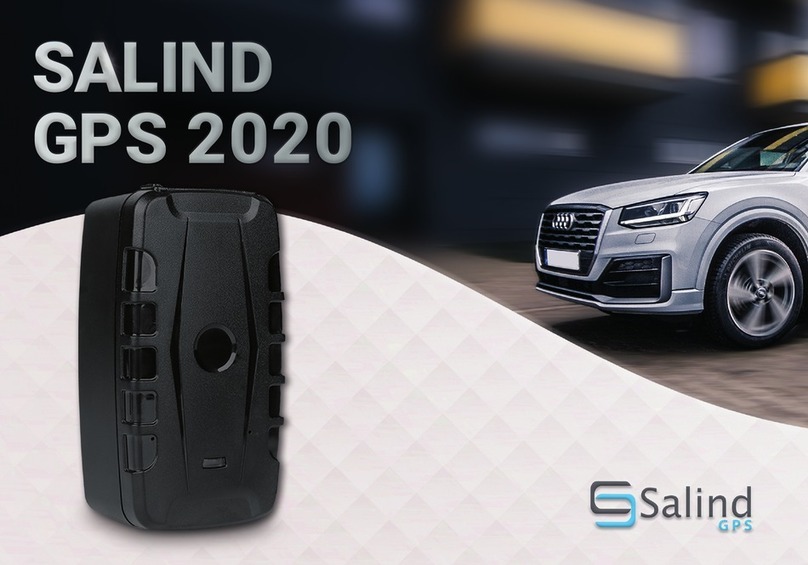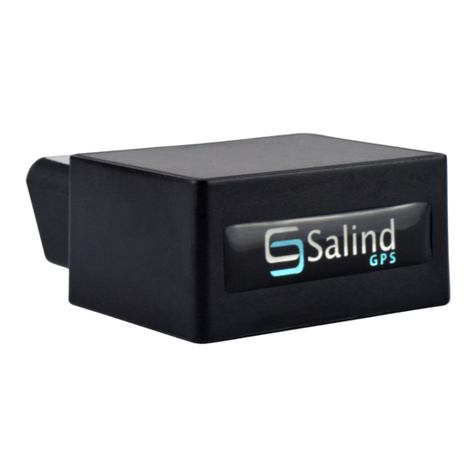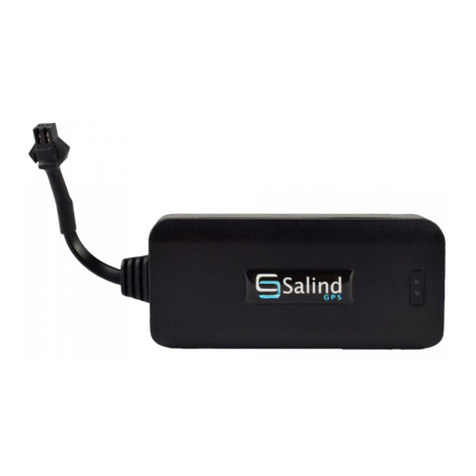Salind 11 4G USA User manual
Other Salind GPS manuals

Salind
Salind BIKE User manual
Salind
Salind GPS-TRACKER 06 User manual
Salind
Salind GPS Tracker 11 User manual
Salind
Salind GPS-Tracker 08 User manual

Salind
Salind OBD User manual
Salind
Salind PET Tracker User manual
Salind
Salind GPS Tracker 11 User manual

Salind
Salind 2020 User manual

Salind
Salind 08 User manual

Salind
Salind Salind 01 User manual






























